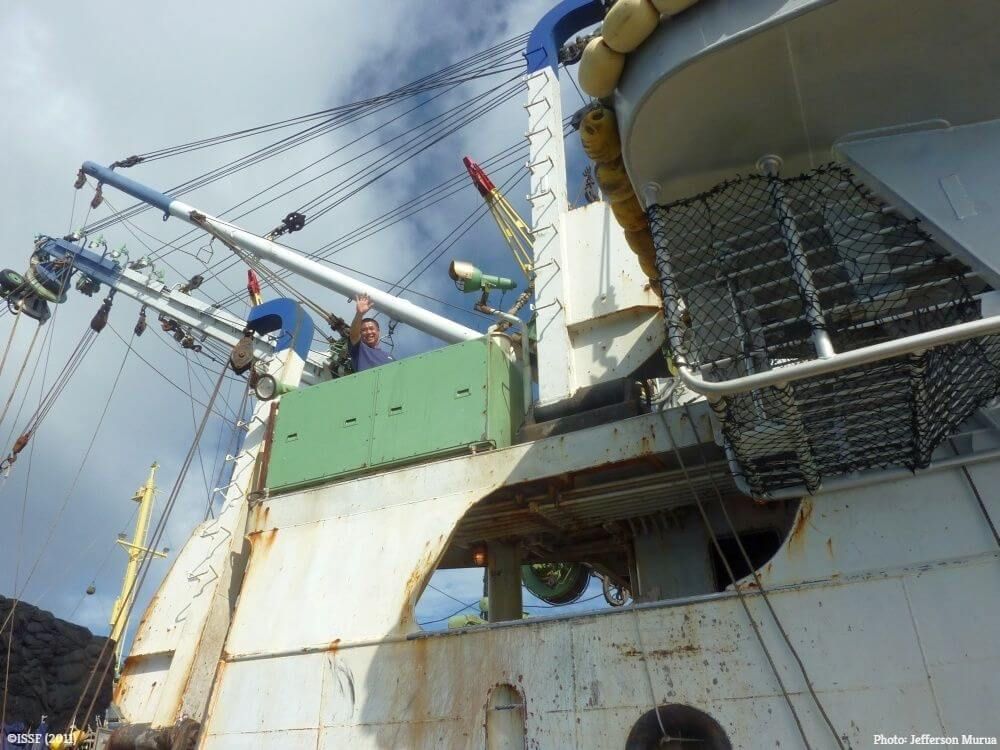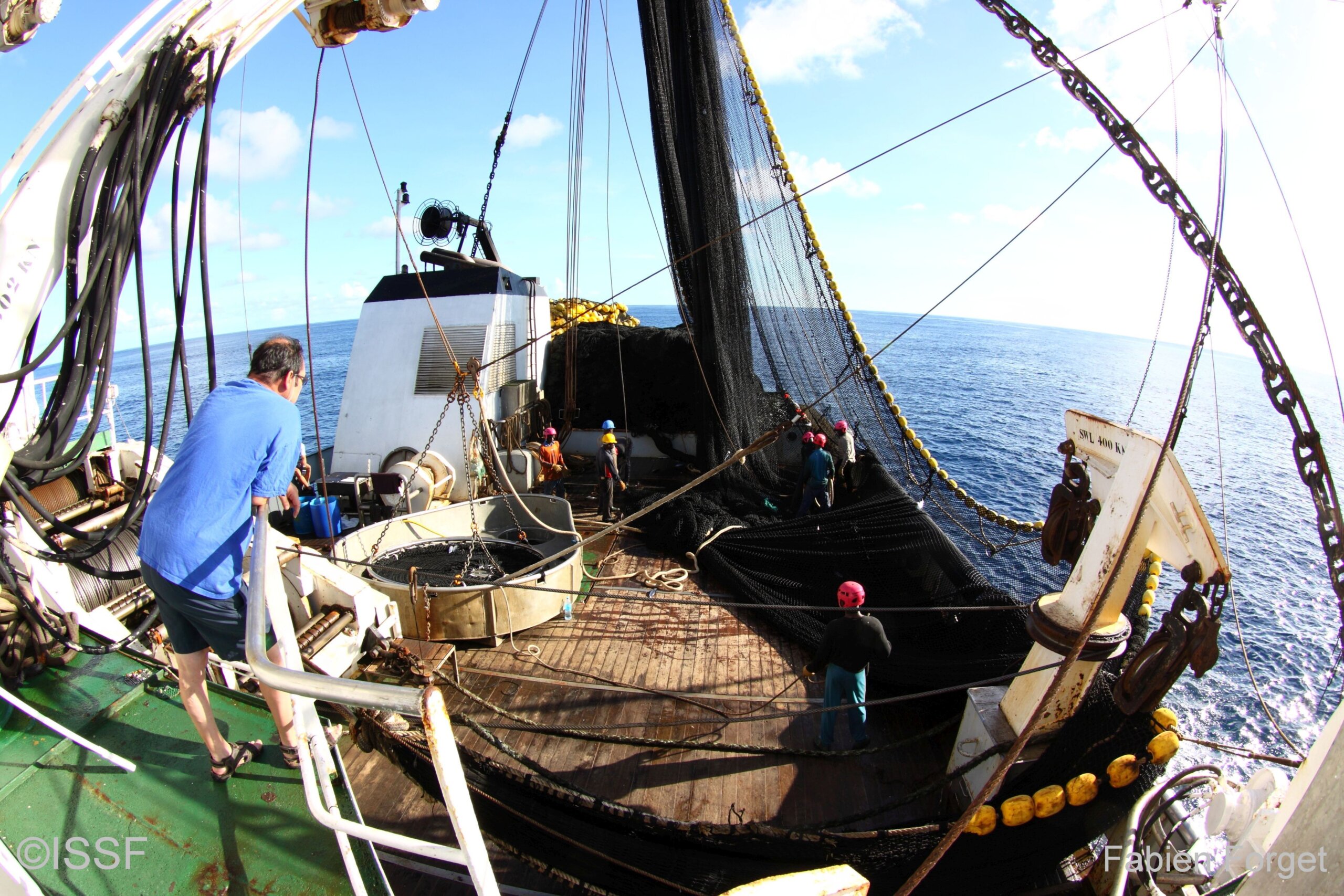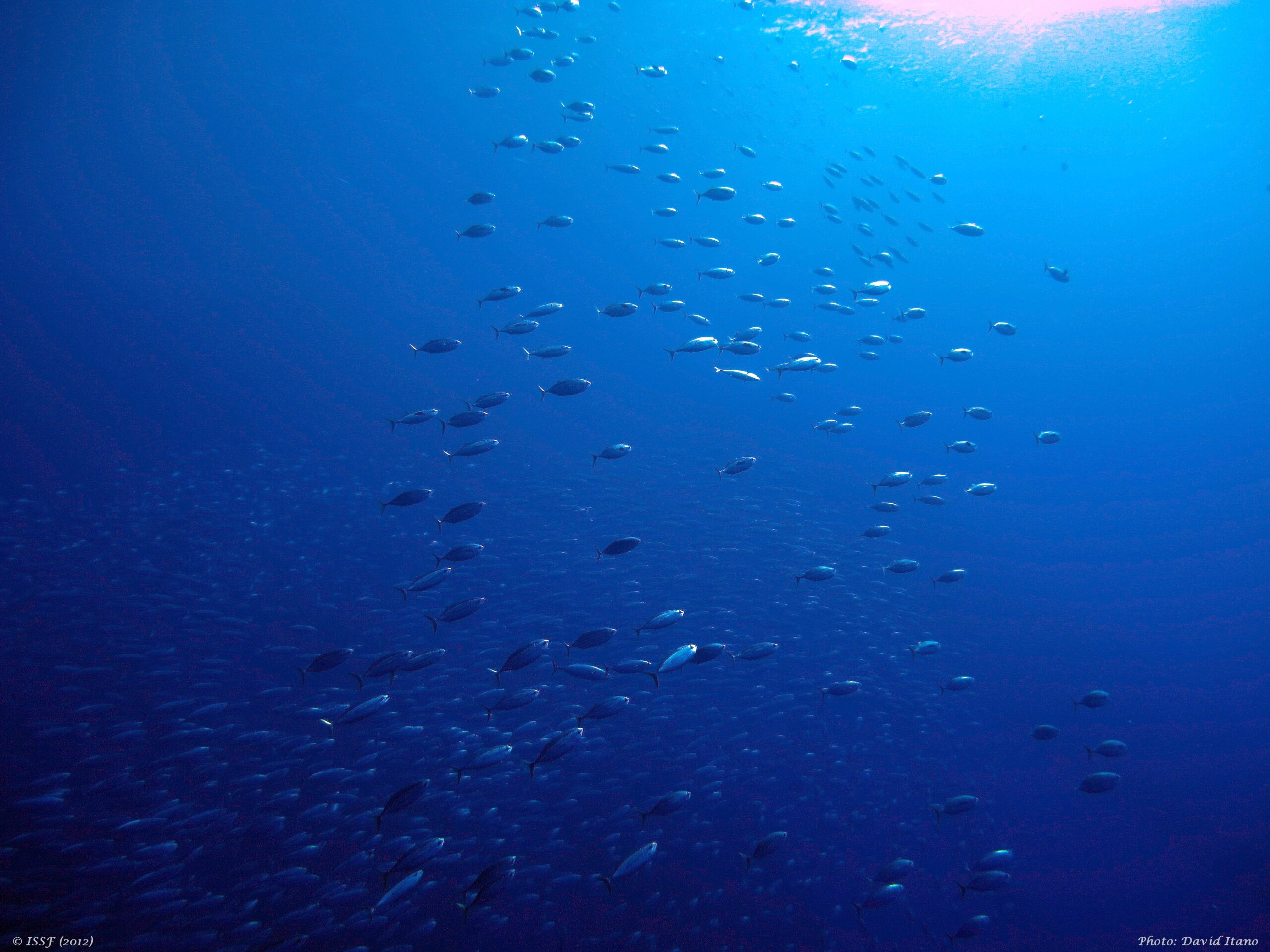
Advances in Fisheries Management Helped Redeem 2022 from its State of “Permacrisis”
Each morning’s news, in 2022, seemed designed to ratchet up the preceding day’s anxieties: Extreme weather. Political turmoil. Economic meltdowns. A triple-barreled pandemic. War. No surprise, one dictionary crowned “permacrisis” 2022’s Word of the Year.
But, setting existential dread to one side (and sadly noting 12 months of heart-wrenching human tragedy), I’ve reached a humble conclusion: 2022 brought exceptional progress for tuna fisheries and sustainability.
Thanks to hard work and collaboration among NGOs, fishery managers, scientists, members of the fishing and seafood industries and many other stakeholders, the signs of positive, long-term change were unmistakable. Three examples:
Fishery Certification Standards Evolved to Meet Changing Expectations
In October, the Marine Stewardship Council (MSC ) published Version 3 of its Fisheries Standard, and it’s a major step forward. Based on today’s science and best practices, it sets criteria for proper fishery management and sustainability, while acknowledging real-world “Catch-22s” that have frustrated industry professionals.
- MSC has long discouraged shark finning. It’s widely prohibited, but compliance is hard to prove; requirements for demonstrating a vessel has not engaged in the practice were less than robust. The new standard sets a higher bar for evidence that supports a fisher’s case for certification.
- Interactions with endangered, protected or threatened (ETP) species should be avoided, and reported when they happen. New requirements consistently classify ETP species, to eliminate any ambiguity and establish firmer safeguards.
- Many tuna fleets operate in remote corners of the globe, far from land-based oversight. To ensure that catches of both target and bycatch species are adequately sampled, Standard 3.0 mandates a minimum level of independent observation in certified fisheries under the purview of Regional Fishery Management Organizations.
- Agreement on harvest strategies typically has been difficult to achieve because it requires alignment among multiple states representing their own national interests. Now RFMO-managed fisheries must deliver state-of-the-art harvest strategies, within a clear time frame, that spell out pre-agreed objectives and carry “safety-net” provisions to reduce catches if stocks begin to decline.
The Supply Chain Got Measurably More Transparent
Packagers, retailers, shoppers and diners want assurance that their seafood has been harvested with due regard for marine life and the oceans. How can the industry quell suspicions of greenwashing?
The answer, of course, is credible supply-chain transparency. With that in mind, in 2022 ISSF expanded a vessel-level transparency-boosting tool, and published an authoritative report that documents industry progress in sustainability.
The tool is Vessels in Other Sustainability Initiatives (VOSI), a comprehensive, searchable list of vessels that operate in MSC-certified tuna fisheries or participate in tuna Fishery Improvement Projects (FIP). The VOSI also credibly identifies vessels that participate in other important voluntary projects like teaming up with scientists on FAD retrieval or biodegradable FAD tests. We’ve watched the fishing industry work hard with scientific organizations to improve fishing operations; now, with the VOSI, there’s a conspicuous platform for recognizing vessels that make the extra effort.
The publication I mentioned is our seventh annual Update to ISSF Conservation Measures & Commitments Compliance Report. As always, it was the result of a rigorous and impartial third-party audit of compliance with ISSF measures among ISSF-participating seafood companies.
Incidentally, the record shows that conformance with all of our science-based measures (32 at the moment) has reached 99.6 percent among our 25 participating companies. This milestone is especially notable as we consider the growing number of measures against which companies are audited, as well as the evolution of standards, which must respond to shifting industry dynamics and ever-advancing scientific knowledge.
In Fisheries Management, Science Called the Shots
Science is gaining new traction in decision-making circles. On the regulatory side, two Regional Fisheries Management Organizations made remarkable progress toward consensus on science-based harvest strategies. Meanwhile, ISSF’s scientists and partners continued to chip away at the hard problems of sustainable fishing, uncovering knowledge that will drive ever-better standards for sustainability. For example:
Just a few weeks ago, the annual meeting of the Western and Central Pacific Fisheries Commission demonstrated the organization’s confidence in scientific harvest strategies with the adoption of new management procedures for northern albacore and skipjack tunas. Harvest strategies had been on the agenda for years, with limited progress.
Earlier in November, in another ocean, the International Commission for the Conservation of Atlantic Tunas adopted a harvest strategy for bluefin tuna, resolving an issue that had been under discussion for years.
Why so much progress this year? Well, let’s go back to where I began: the new MSC Standard. Requirements and expectations were enhanced. Timelines were firmed up. Ramifications were clarified. Stakeholders with an interest in keeping their MSC certifications joined the loudest chorus to date in encouraging fisheries managers to move this issue forward. And they were heard.
The people behind the science had a busy year, too. In at-sea research, one ISSF team continued to study the acoustic signatures of tuna species. Their findings could enable fishers to control overfishing and bycatch by distinguishing among tropical tuna species around FADs before casting their nets.
Another seagoing project that moved ahead in 2022 involves shifting the FADs paradigm toward still-effective but biodegradable “jelly-FADs” that mimic the resilience of jellyfish while replacing plastic-heavy construction with organic materials.
Ultimately, we’re proud to be advocates for original research and fact-based, decision-making information, all calculated to lead the industry closer to the ideal of a sustainable tomorrow.
True to form, 2022 concluded with one last dose of permacrisis, capping a global round of heat waves, floods and droughts with an extreme winter storm here in North America. Despite it all, wherever you find yourself in 2023, I hope you’ll be safe, and take comfort in the enduring possibility of positive change.


